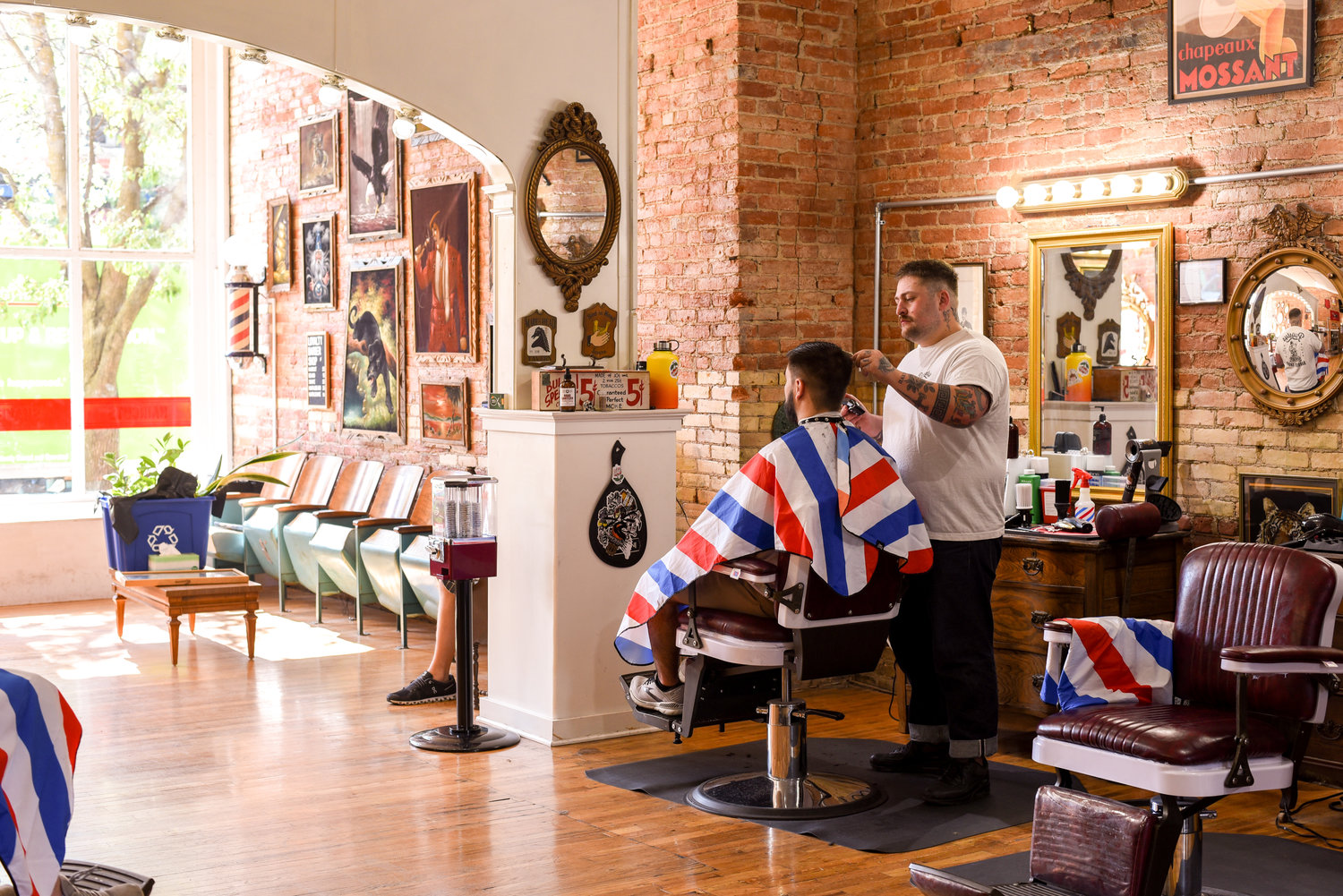Ensuring Patron Wellbeing Via Robust Health and Security Regulations within the Grooming Industry
The barbering industry plays a significant role in individual grooming and self-care. Nonetheless, it is vital to emphasize the wellness and security of both customers and stylists in this setting. Robust sanitation and protection standards are paramount for maintaining cleanliness protocols, avoiding incidents, and ensuring a favorable interaction for all parties engaged. By following these regulations, barbers can create a safe space that encourages confidence and ease among patrons.

One key component of health and safety in barbering is cleanliness. Stylists must comply with strict hygiene protocols, including frequent cleaning of tools and stations. This involves disinfecting scissors, clippers, and combs after every use to remove the possibility of spreading germs or infections. Moreover, professionals should use sanitized capes and towels for each client to maintain a sanitary setting. Applying these measures not only safeguards clients but also enhances the reputation of the barbering business.
An additional critical regulation focuses on the proper handling of substances used in styling services. Products such as hair dyes, chemical straighteners, and other formulations can present risks if see page not managed correctly. Barbers must follow protective protocols for the storage and application of these chemicals to prevent skin irritations or sensitivities among customers. Using protective gear and providing adequate ventilation during treatments are essential steps that barbers should implement to protect customer well-being while offering high-standard care.
Injury avoidance is also a vital component of wellness and security requirements in grooming. Salons should be arranged with precaution in mind, reducing dangers such as wet surfaces or cluttered workspaces. Staff should be trained in emergency procedures, including how to handle lacerations or thermal injuries that may happen during treatment. Supplying medical best scissors for cutting men's hair supplies and confirming that all team personnel know their placements is an effective way to anticipate unforeseen events. By emphasizing safety measures, barbers can maintain an atmosphere where patrons feel safe and well-attended.
Lastly, clear interaction is key to ensuring client safety in the barbering industry. Barbers should engage with clients about their needs and any potential concerns linked to the treatments provided. This involves reviewing sensitivities to chemicals or prior negative experiences reported by individuals. By encouraging open communication, professionals can develop rapport with their customers while delivering that they receive personalized care tailored to their individual needs. Ultimately, prioritizing health and safety regulations will result in enhanced customer experience and a successful haircare practice.